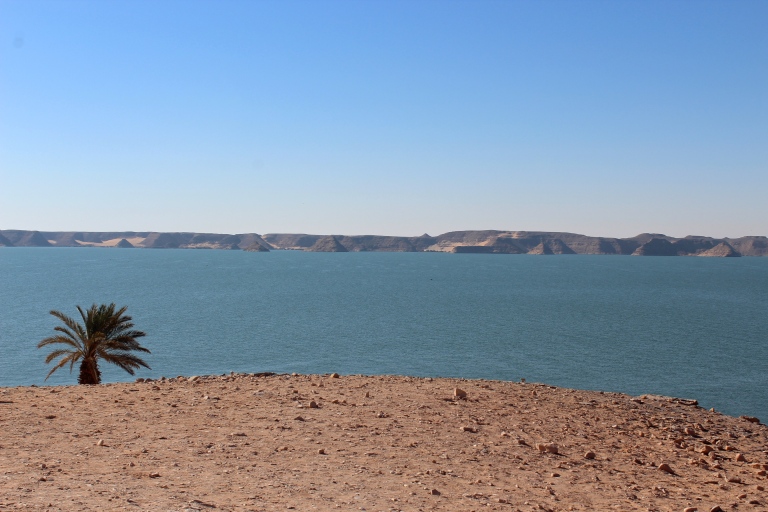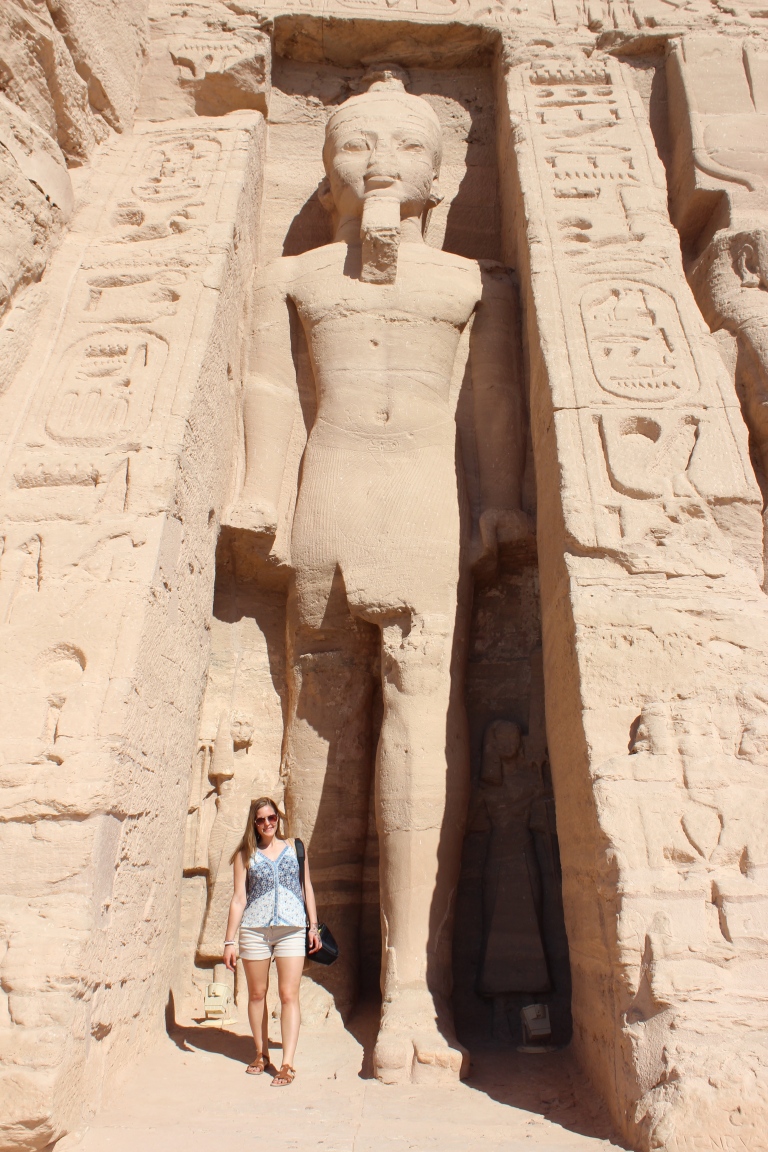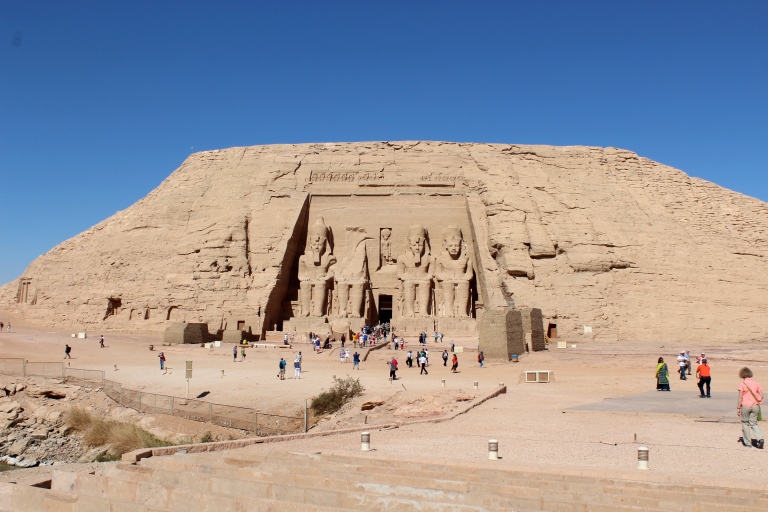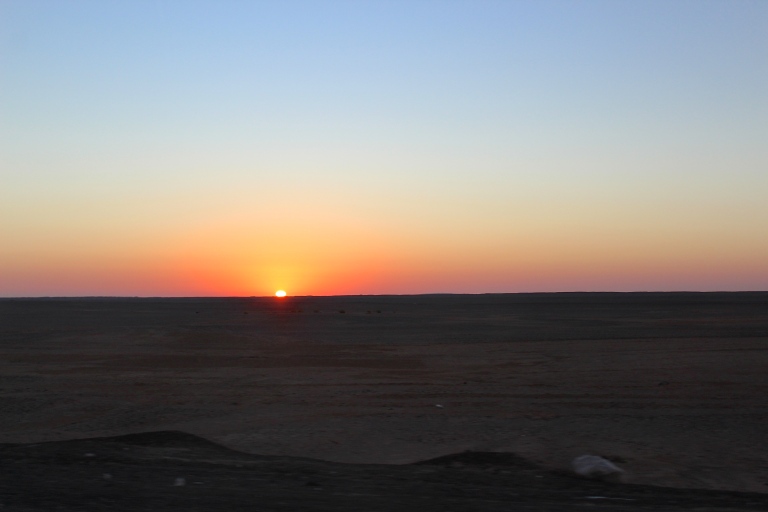To ancient Egyptians, the sole purpose of the human life was to prepare for the eternal life. Tombs were meticulously designed to ensure a place worthy of eternal rest. The result being a structural design light-years ahead of its time: a pyramid.
But why this shape? What is its significance?
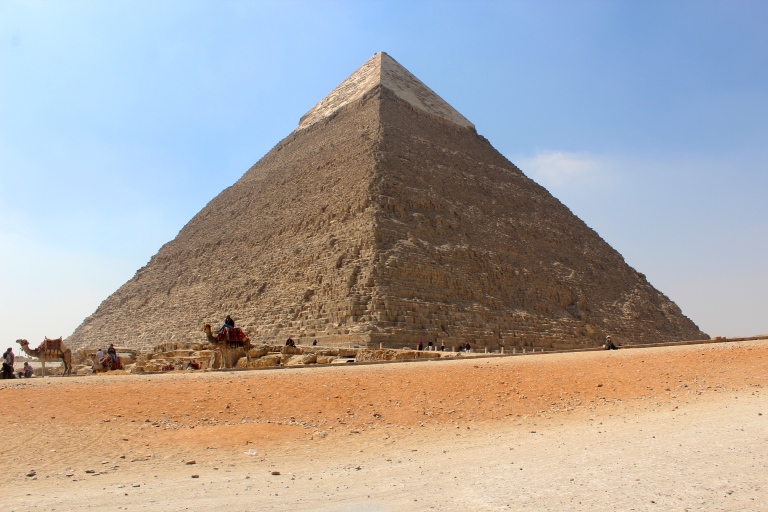
Ancient Egyptians worshiped the sun as the provider for all life on earth. Carefully observing its movements through the sky, pyramid shaped tombs were built in honour of the suns daily cycle.
When looking at a pyramid, the form is given shape by three points in space. Two on the same plane, yet in opposite directions, and the other extending as a pinnacle overhead. Much in the same way the sun rises in the east, reaches an apex at midday, and sets in the west.

The Great Pyramid was a tomb dedicated to the fourth dynasty Pharaoh Khufu in 2560 BC and despite its age, stands in remarkable condition. The smooth outer layer has deteriorated in the weathering of time but its central blocks remain solid, stacked as a giant staircase to the heavens. I heard a rumour that if one were to have the right connections, they could arrange to arrive at the Giza Plateau before the first ray of light breaks from the east, pay the guards to turn a blind-eye, and climb to the top of the ancient wonder for a sunrise to never forget.


For the less daring – official tickets can be purchased year-round to climb inside of The Great Pyramid. As it covers an immense area, I was expecting to enter the inner chambers through a spacious walkway. Instead we ducked through a tiny opening, and remained hunched over as we shuffled sideways along a zig-zag corridor. The air inside felt heavy around us. It carried a strong musty odour -although not unpleasant – it brought back memories of my grandmother’s basement. There were no stairs which lead to the main burial chamber, just a near vertical shaft to climb tomb-raider style. It seemed the ancient Egyptians had as much a taste for adventure as they did the afterlife. Perhaps the treacherous entrance was designed for a speedy journey to the latter…
The main burial chamber laid bear, its artefacts long since removed for display. I lingered in the room for a few moments, appreciating the immense history of the walls around me. Then began the unnerving descent back down the steep inner shaft.
Once outside, the infinite number of locals harassing us to buy their merchandise dampened the viewing experience. They did have a sense of humour though. To them, every blonde tourist was Shakira and we were all always in Alaska. The typical greeting went something like this:
‘Hey Shakira! Welcome to Alaska! I made this (dusty) bookmark myself. Took me 20 years, but for or you only 10 USD.’
When I politely declined he turned to Joe and offered to buy me for 50 camels.
Joe looked appalled, before replying ‘she’s worth 60.’
As Joe bartered my life to open a petting zoo, another con man approached Brenton from the left. Within seconds, he pulled out his wallet to buy everything the conman – I mean pro sales gentleman – offered him. Classic.
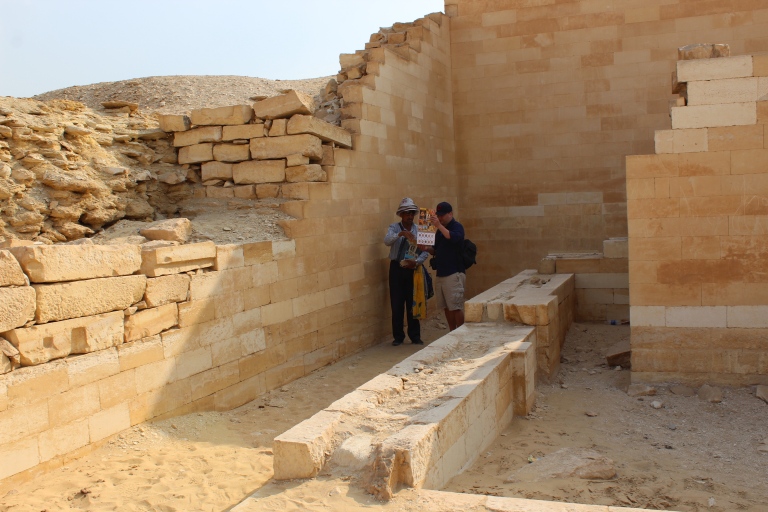
After Brenton’s last dime was spent, we returned to the bus to embark on the eight hour drive to Luxor. It elapsed in a flash as our interest never waivered from observing the chaotic road scenes.
The Luxor hotel security check was not as stringent as the one in Cairo, but with a 12:30 a.m. arrival time, I was hardly focused on anything except my head finding a pillow. What felt like moments later, the alarm clocks shrill awoke me from a deep slumber. 6:30 a.m. Time to visit the Valley of the Kings.
Across the Nile from Luxor, hidden in dense bedrock underneath the earth’s surface, lies the ancient burial ground for the rich and famous of ancient Egypt. Dating from 16th to 11th century B.C, 63 tombs have been discovered including that of legendary King Tut.
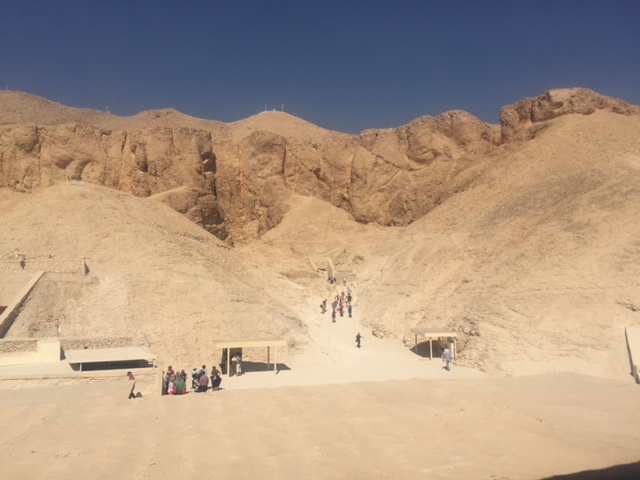
Cameras are not permitted inside the tombs unless an additional ‘camera’ ticket has been purchased in advance (money-making ploy), but since it didn’t seem heavily regulated I thought a quick photo taken with my phone couldn’t hurt. Wrong. As soon as I turned around, an employee appeared from nowhere and tapped me on the shoulder.
‘You take photo?’ he asked in more of a statement.
‘No,’ I replied quickly tucking my phone into the depths of my bag. I wondered what Egyptian prison was like.
‘I saw you take photo.’
‘Okay, okay fine. I took one photo. Do you want me to delete it?’ I started digging to find my phone again.
‘Where you from Miss?’
What’s the easy answer for this … ‘Canada originally.’
He hesitated. ‘Okay. You pay me 10 Egyptian dollars. Quickly,’ his eyes darted from side-to-side as I reached for my wallet to pay him the equivalent of $50 cents.
He pocketed it quick as lightning before whispering ‘Thanks Shakira.’
I went on my way remembering one valuable lesson: Canada is awesome.
I hurried out of the tomb in a jiffy and found Joe outside. ‘Lenai check out all these sneaky photos I got! Ha I beat those suckers who paid for a camera tickets. No one said anything, I’m such a pro!’
I walked away.
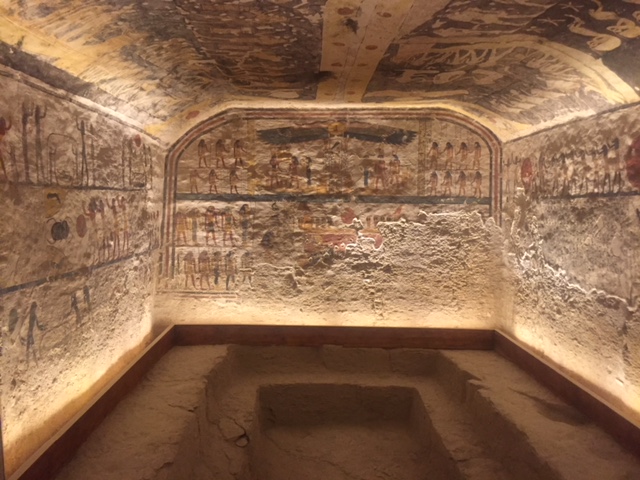
Just over the mountaintop from The Valley of The Kings, is the funerary shrine built for the second female pharaoh, Hatshepsut. Driving past the area, one might overlook the massive construction entirely, for it camouflages perfectly with landmass behind it. It was a place I’d never heard of, but an instant favourite.
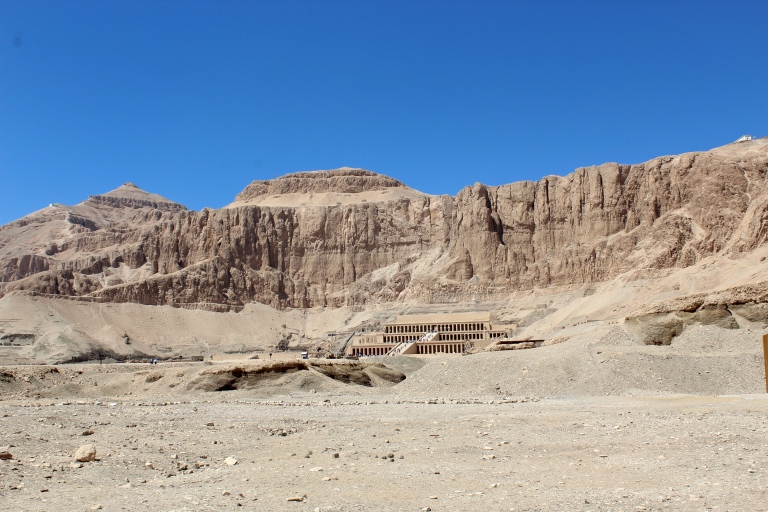
That evening, we boarded a small river cruiser on the Nile to visit a traditional Nubian household for dinner.
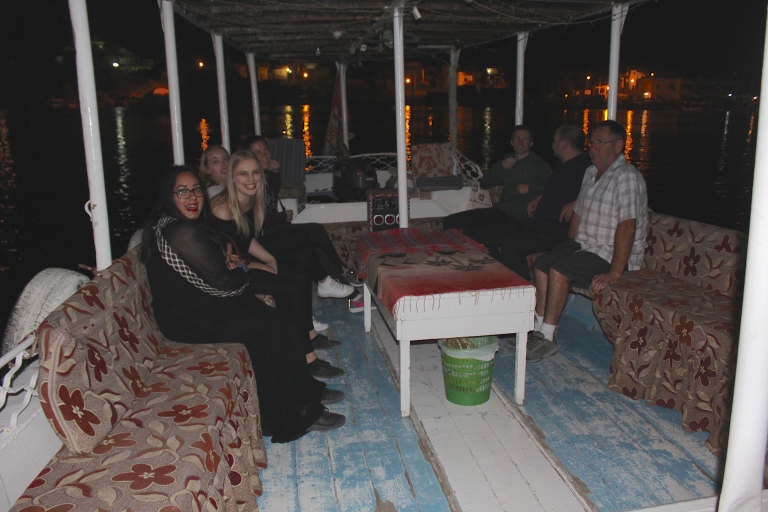
That evening, we boarded a small boat on the Nile to visit a traditional Nubian household for dinner. The Nubians are one of the oldest civilisations in the world, originating from southern Egypt & northern Sudan. They dress in bright colours and live in uniformly designed and simple styled homes regardless of their wealth level. The easiest way to identify a Nubian house is the floor, for it’s covered in sand. Adham quizzed us on the relevance of this, but we all failed to guess. Turns out, the sand floors help Nubians catch snakes, scorpions and other dangerous creepy-crawlies that may have entered the house.
If there are marks in the sand, Nubians simply follow the tracks to easily locate the critters for removal. They can also identify the point of entry that requires repair.
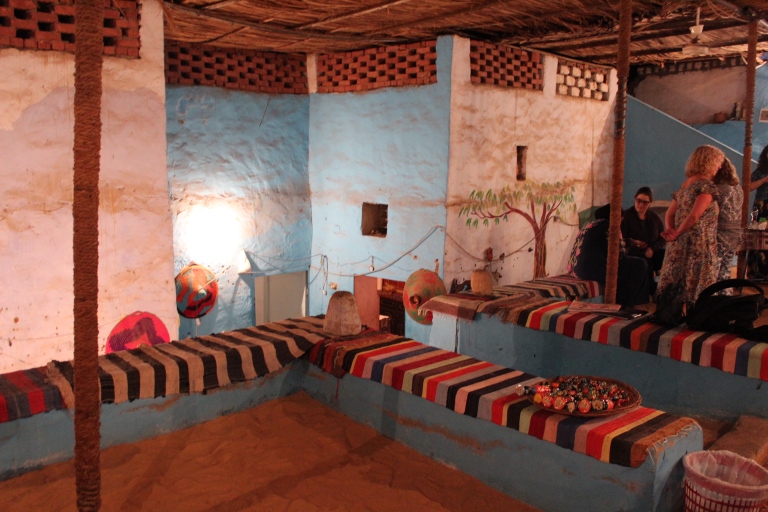
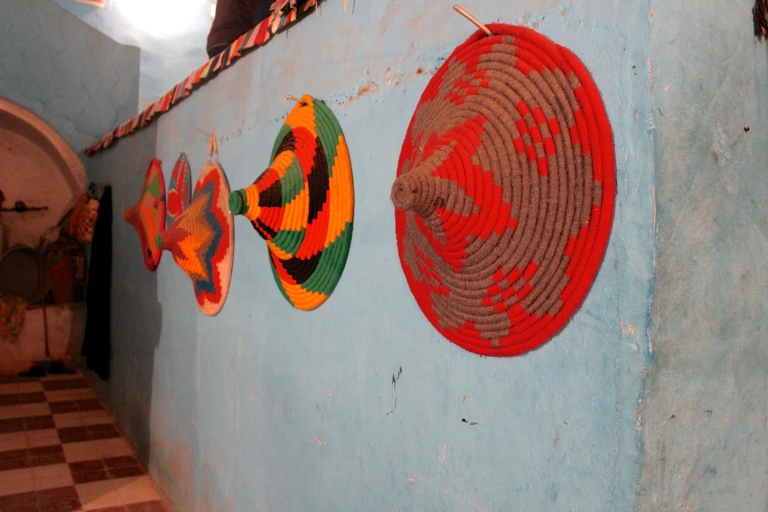
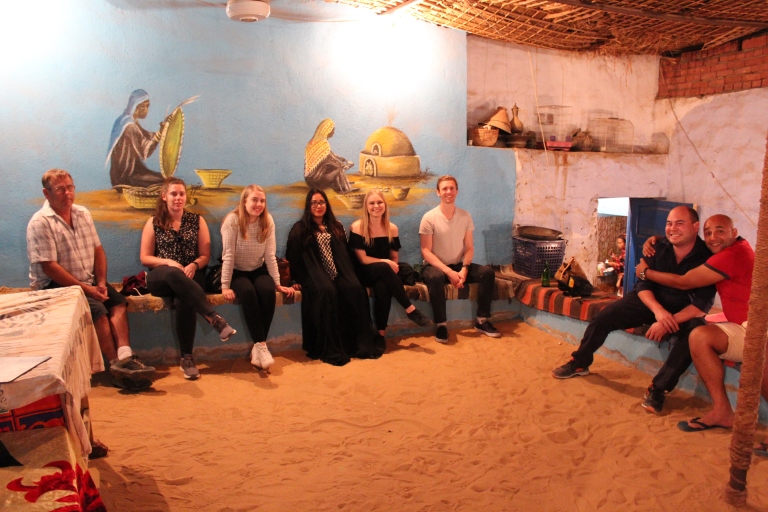
We indulged in a feast of spiced chicken, fresh salad and delicious soup. It turns out cooking is one of their many talents. Nubians are great artists and after dinner were able to demonstrate this skill through Henna tattoo painting. Nubians boast their own distinctive style, which is so precise that it was recognised by a Nubian employee at the Abu Simble Temple the following day.
He looked at my hand excitedly before exclaiming ‘Nubian Henna!’
Then he motioned to himself and said ‘Nubian.‘
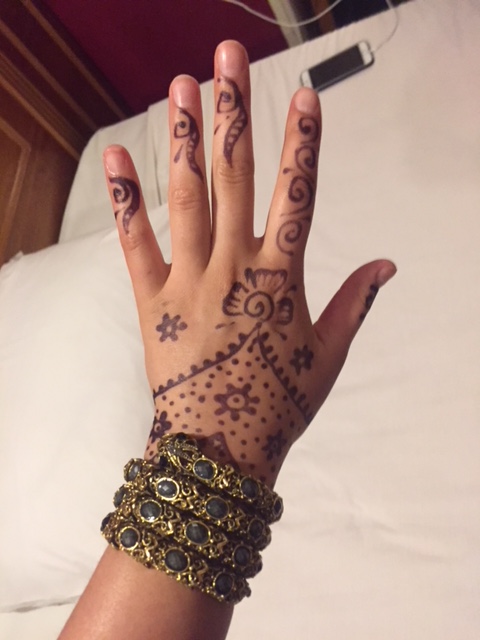
Part of a UNESCO World Heritage site, Abu Simbel is two massive rock temples located on the bank of Lake Nassar (one of the largest man-made lakes in the world). It was named after the 12-year-old boy who helped discovered the site, which had been swallowed by the desert.
In order to preserve the temples during the creation of Lake Nassar, they were relocated in 1964, a project which cost an estimated $40 million. Its statues were carefully sliced into pieces, and reconstructed a safe distance away, calling a new (partially artificial) mountain home.
Photos don’t do the sheer size of the statues justice. I stood awestruck at the gigantic art forms, contemplating how they were created on that scale with such precision and without the luxury of modern day technology.
The rest of the group looked as equally dumbfounded when I met them back at the bus. We boarded in a pensive state and soon after our thoughts merged to dreams, as the peaceful ride back to Aswan lulled us to sleep.
